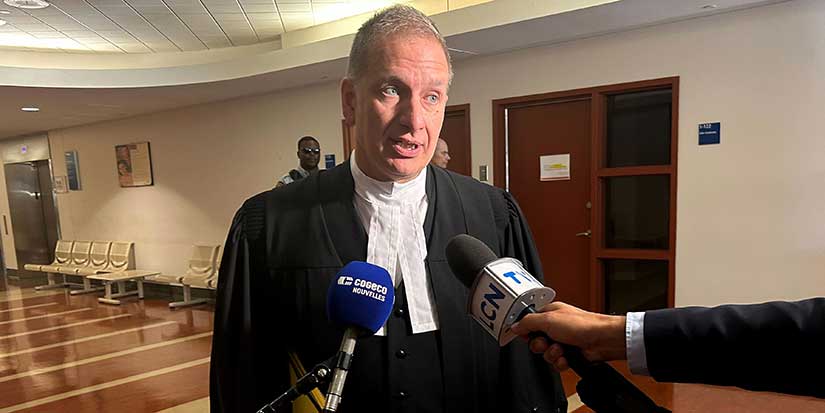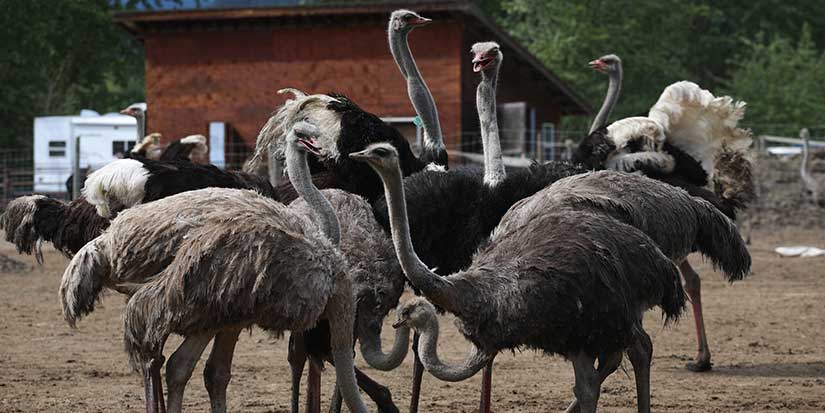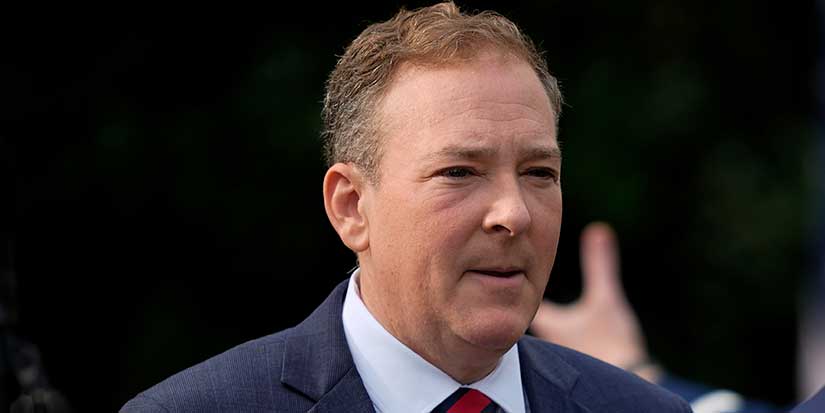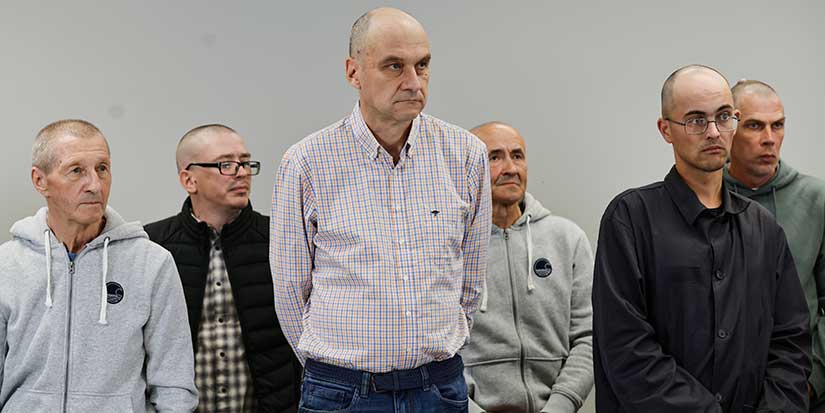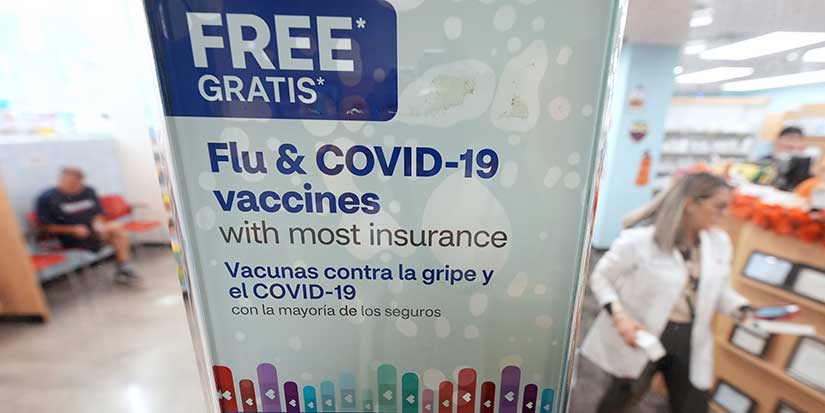Latest News
Seafair staying ahead of the concussion curve
When Cody Kusch successfully lobbied Seafair
Minor Hockey to introduce a concussion management protocol in 2010, knowledge
about the type of traumatic brain injury was only in its infancy.
Seven years later awareness has grown, but
clearly there is still a lot more to learn.
“More appropriate measures have been put in
place, but the true management within the respective associations still falls
on the volunteers to ensure that proper concussion management and certification
is being completed and carried out,” says Kusch, who is vice-president of the
local youth sports group. “I believe community concussion clinics should be in
place, so that more players have equal access to the best care available. At
least, the hospitals should all have a concussion clinic attached to their
facility.“
Since Seafair introduced its concussion
management protocol, Hockey Canada has also adapted and now implemented
"contact to the head" penalties, regardless if there is intent or
not. A minor or match penalty is assessed to the player who commits the head
contact. And BC Hockey has mandated that all its member associations now have a
concussion management protocol in place. At the same time, all volunteers must
complete on an annual basis concussion management training on-line before they
can volunteer.
And now, Harvard Medical School has stepped
up to fund Seafair’s baseline testing this year.
“They were extremely impressed with how
effectively a minor hockey association has been able to utilize trained
athletic therapists over the past seven years,” says Kusch. “They are wanting
to see the validity of testing data, along with better understanding the
player/family flow through this process—from when the child has a suspected
concussion to how and when they return to play.”
Despite the advances in concussion knowledge
however, Kusch says there has not been a clear reduction in the number of
concussions over the past seven years. But he says this may be due to the fact
that more people are now coming forward to admit that their child is
experiencing a suspected concussion “whereas in the past, without legislation
and mandates, the families were not self-reporting as accurately.”
“So even thought the number of concussions
has not reduced, it may actually have reduced if every family was truly
self-reporting where needed,” Kusch suggests. “It will be interesting over the
next five years to see if we start to see a shift in number of concussions
decline due to rule changes, mandated education programs and concussion
management protocols.”
Kusch’s next push is to educate all the
public schools with these changes in protocol, noting that Seafair itself will
be making changes to its own current concussion management flowchart to ensure
that the education piece is not lost.
“And I will continue to follow up with the
families to ease their concerns when their child experiences a suspected
concussion,” he says. “Risk manager leads have grown significantly at the minor
hockey level over the past few years, and this role is necessary to ensure
proper management of these players experiencing a suspected concussion (is
addressed), along with their respective family members being properly educated
of the resources and healthcare professionals available to them.”
Following Seafair’s lead, Kusch is encouraged
that the mindset of many other organizations regarding concussions has also
shifted positively. He says now having data in the 10- to 18-year-old age group
has resulted in many important findings, including an algorithm of
electroencephalogram (EEG) tests that are able to predict with 95 per cent
accuracy whether a child has experienced a concussion and the length of time
needed for return to play.
“We have helped many other minor sports
associations in Richmond and beyond with respect to establishing their own
concussion management program,” Kusch says. “Richmond FC is now heavily
involved with the UBC Brain and Research Centre as well with EEG testing for
their athletes.”
Parachute Canada (a national, charitable
organization dedicated to preventing injuries and saving lives) and other
provincial and national sport governing bodies have also reached out to Seafair
for feedback with respect to development of their practical resources.The
Return to Learn flowsheet and Return to Play protocols are two concussion
management tools currently being used by many local associations to ensure
proper and consistent management of concussions, and that the athlete is at the
forefront of safety.Also, vestibular ocular motor screening has been used
in recent years at Seafair to test more accurately with baseline testing, and
as a result, a Harvard University study—with the largest pre-season
participation—was achieved through Seafair’s baseline testing program.
A new Parachute of Canada flowsheet was
created following recommendations at the fifth international Concussion in
Sport Group meeting last April in Zurich, Switzerland. That meeting attracted
many of the top medical concussion experts in the world.
“They are no longer recommending baseline
testing as they feel that some of the questioning in the younger child
population was inconsistent,” Kusch says. “Now that EEG testing is very
accurate, they feel that this is a more valuable source of diagnosing a
concussion's existence, through algorithm testing.”
But Kusch says one challenge is that
educating parents and families needs to be managed by someone, as not all
healthcare professionals are trained to the same degree. Seafair currently uses
a flowsheet designed in conjunction with the UBC Brain and Research Centre that
Kusch says needs updating.
“I am hoping that we can fast track these few
players into a more streamlined approach, (accessing the) appropriate healthcare
professionals who can properly assess and manage the players and their families
through this transition,” he says.
In the past, Kusch and Evolution Sport
Therapy athletic therapists started the communication process, connecting the
players and families to the appropriate healthcare professional to properly
manage the medical side of the concussion. The UBC Research Centre through
Naznin Virji-Babul, head of the university’s department of physical therapy,
would then be able to administer care to the player, while testing the most
advanced technology for concussion screening and diagnosing.
“My fear is that now we’ll go back to sending
out literature to the families at the beginning of the year, the parents don't
pay attention to the information until their child experiences a suspected
concussion, and then they follow up with their GP (doctor),” Kusch says. “For
some, the vicious cycle of where do I go now starts again. There are many
organizations out in the community but some are business-oriented and not
everyone has the private funds to support this means of treatment and
management. So in the end it will fall onto the shoulders of the unpaid
volunteer within the organization to properly manage once again.”
Kusch has reached out to Richmond FC chair
Rein Weber to co-host a concussion information session for parents, coaches and
volunteers hopefully later this month. The plan is to also invite trained
healthcare professions who have been immersed in concussion management for many
years to answer questions. The list of professions may include Babul; Paul
Korn, a paediatrician at BC Children’s Hospital; William Panenka, a neurology
psychiatrist at UBC; Dr. Bill Mackie, a sport medicine physician at Richmond
Olympic Oval; Dr. Shelina Babul, associate director of sport injury at BC
Children’s Hospital; and Jonathon Sun, athletic therapist and owner of
Evolution Sport Therapy.
“This medical team has greatly helped us over
the years and will continue to do so in the future,” Kusch says.
















